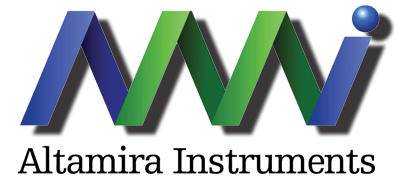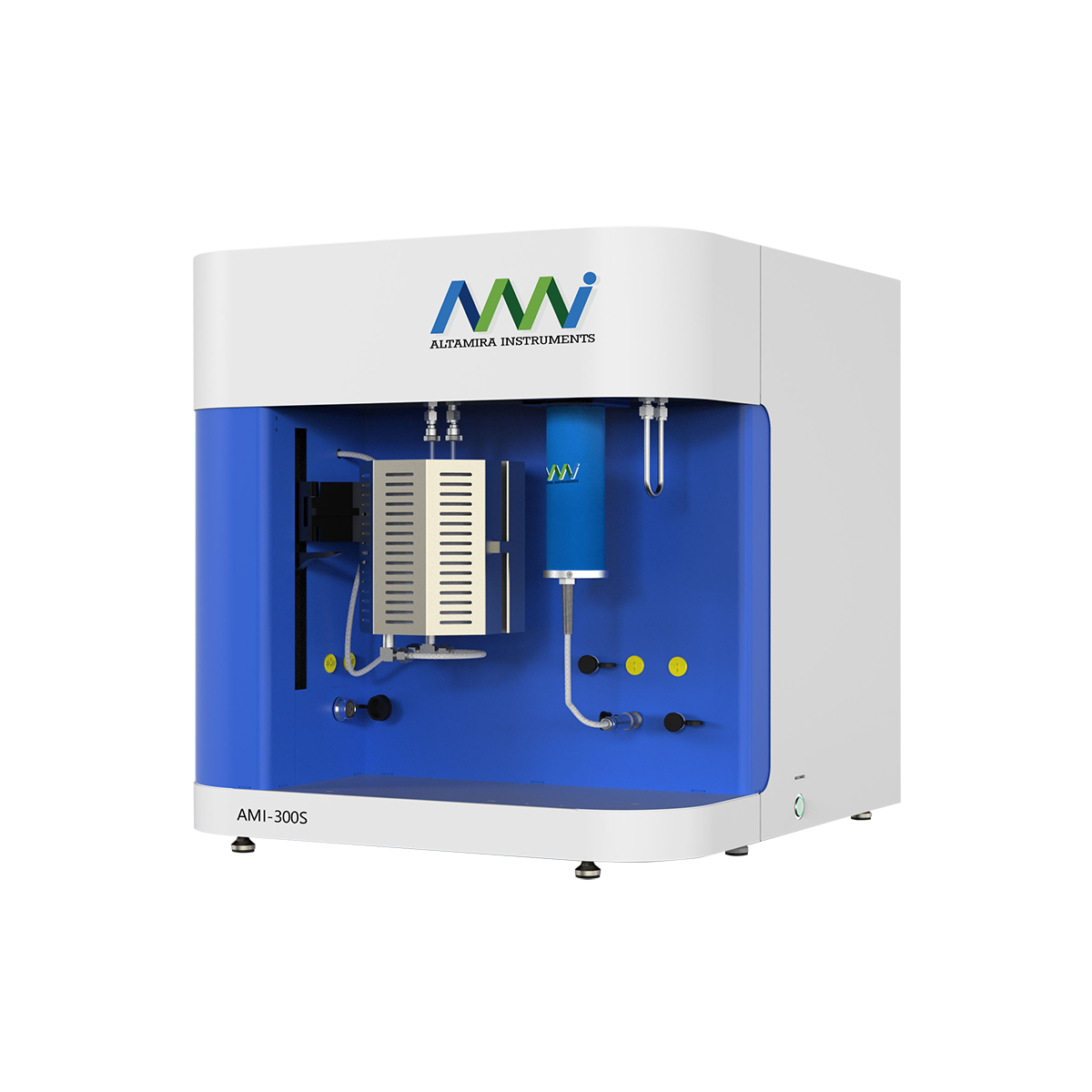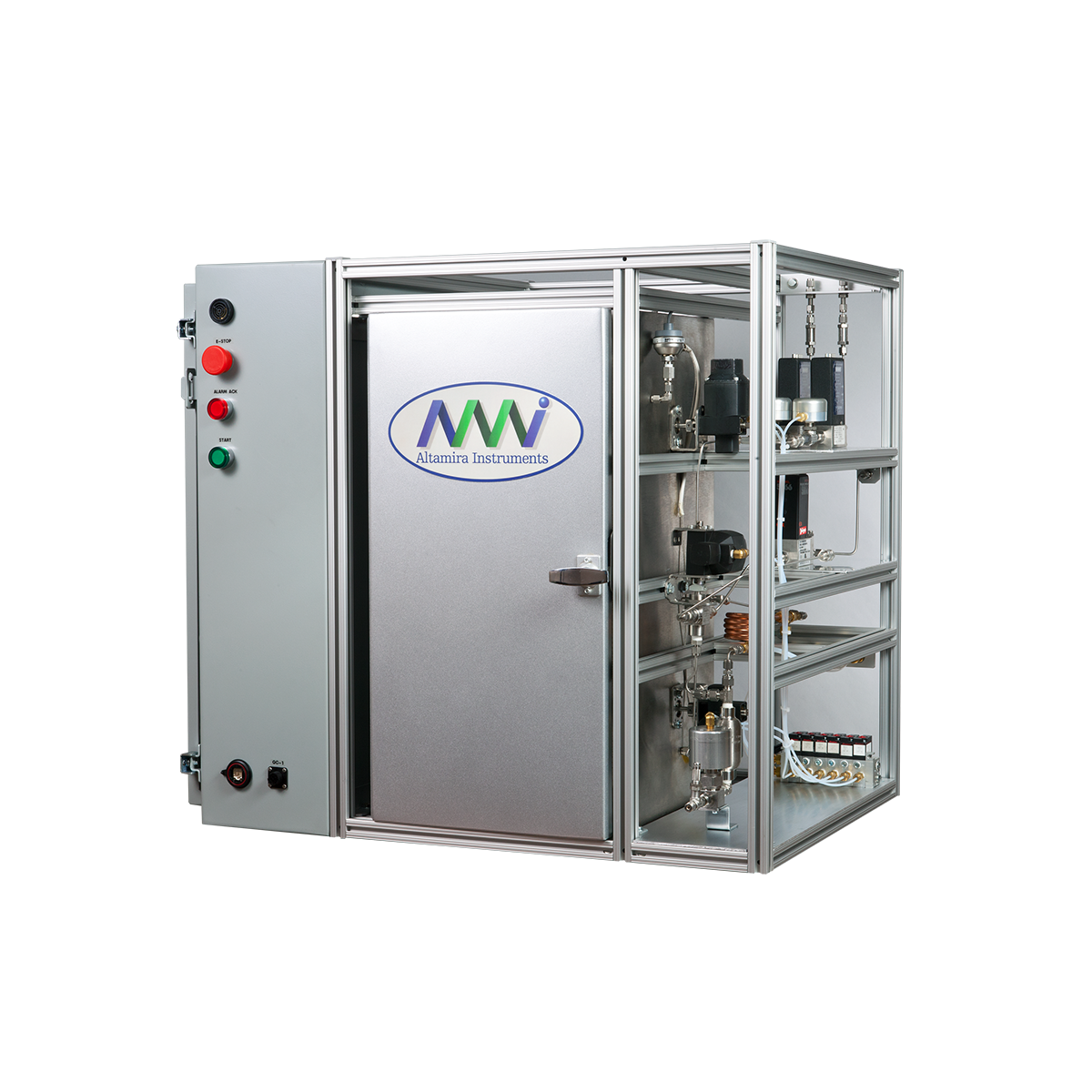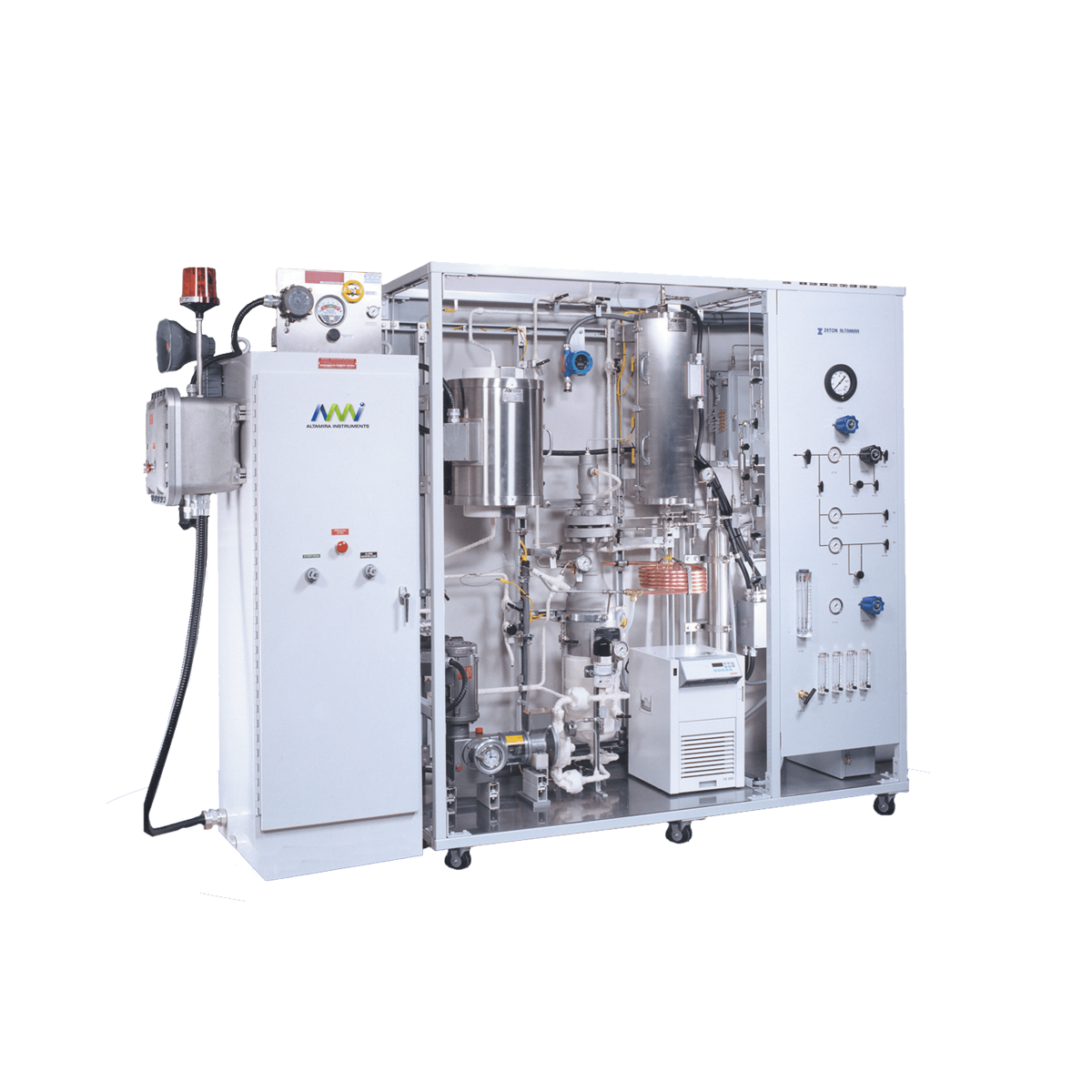Sample Weight: All results are normalized by sample mass. Therefore, results are only as good as the balance used. Make sure you measure each sample to the proper significant digit and have a recently calibrated analytical balance. The use of gloves while loading samples is also recommended to help keep oil from fingers off the sample and sample holder. And as a general rule, the larger the specific surface area of the sample, the smaller the sample amount; the smaller the specific surface area of the sample, the larger the sample amount. Please consult your instrument manual for optimized amounts
Purchased Cylinder Gases: They are not always as clean as you suspect. In house sample lines and a sub-par manufactured lot can have trace moisture, particulates and gas contaminants. A clean filter and moisture trap will help eliminate these common disruptions. Also note (commonly forgotten) you should purge your lines after a cylinder is changed. When was the last time you checked your filters? Do you even have one in place?
System Leaks: As physisorption measurements operate under high vacuum, any leaks in the system can drastically alter results. Proper leak checking should be performed on a regular schedule. Leaks most commonly occur by the sample tube (o-rings and/or cracked tubes) and at the inlet/outlet ports of valves. So, please take special care when checking these connections.
It should also be noted that some newer and more advanced instruments have automated leak detection functions that can be programmed to stop a test if a leak has been determined to be over a certain threshold.
Pressure Transducer Calibration: Similar to other measuring devices, pressure transducers need to be calibrated on a regular schedule. It is recommended to check calibration on an annual basis, as a minimum. This is not a complicated task and should not be overlooked if you want to maintain best accuracies with your analysis. Please consult your user manuals on the procedure for your system.
Sample Cells: They should be cleaned before each run. Either a simple soap and water mixture or mild solvent (ethanol) should do. For static volumetric studies, an ultrasonic bath should be used. And a proper sized sample cell that is not “over-filled” will help to give consistent and accurate results.
Vacuum Pumps: The vacuum pump will require regular maintenance in replacing gaskets and seals. But to help keep up-time to a maximum, please check the oil level on a frequent basis. A monthly check is usually sufficient.
What is the proper temperature for sample preparation?
- Should be high enough to promote rapid removal of surface adsorbed species without changing the surface texture.
- Obviously not high enough to melt the solid, nor hot enough to exceed the glass transition point, Tg. Estimate Tg as melting point x 0.7 in Kelvin (allow safety margin).
- Or no more than the melting point x 0.5 (Kelvin): Tammann temperature.
Other general things to avoid:
- Don’t use petroleum jellies or lubricants to help slide on o ring seals
- Confirm your glassware is not cracked or chipped before using. Improper sealing will give poor results or cause an instrument test fault.
- Avoid plastic lines for any of the input gases. These tend to be dirty and cause contamination more frequently then stainless steel or other metal material.




